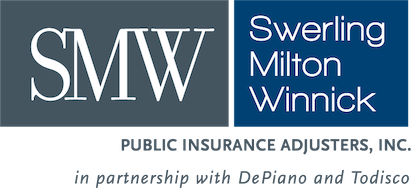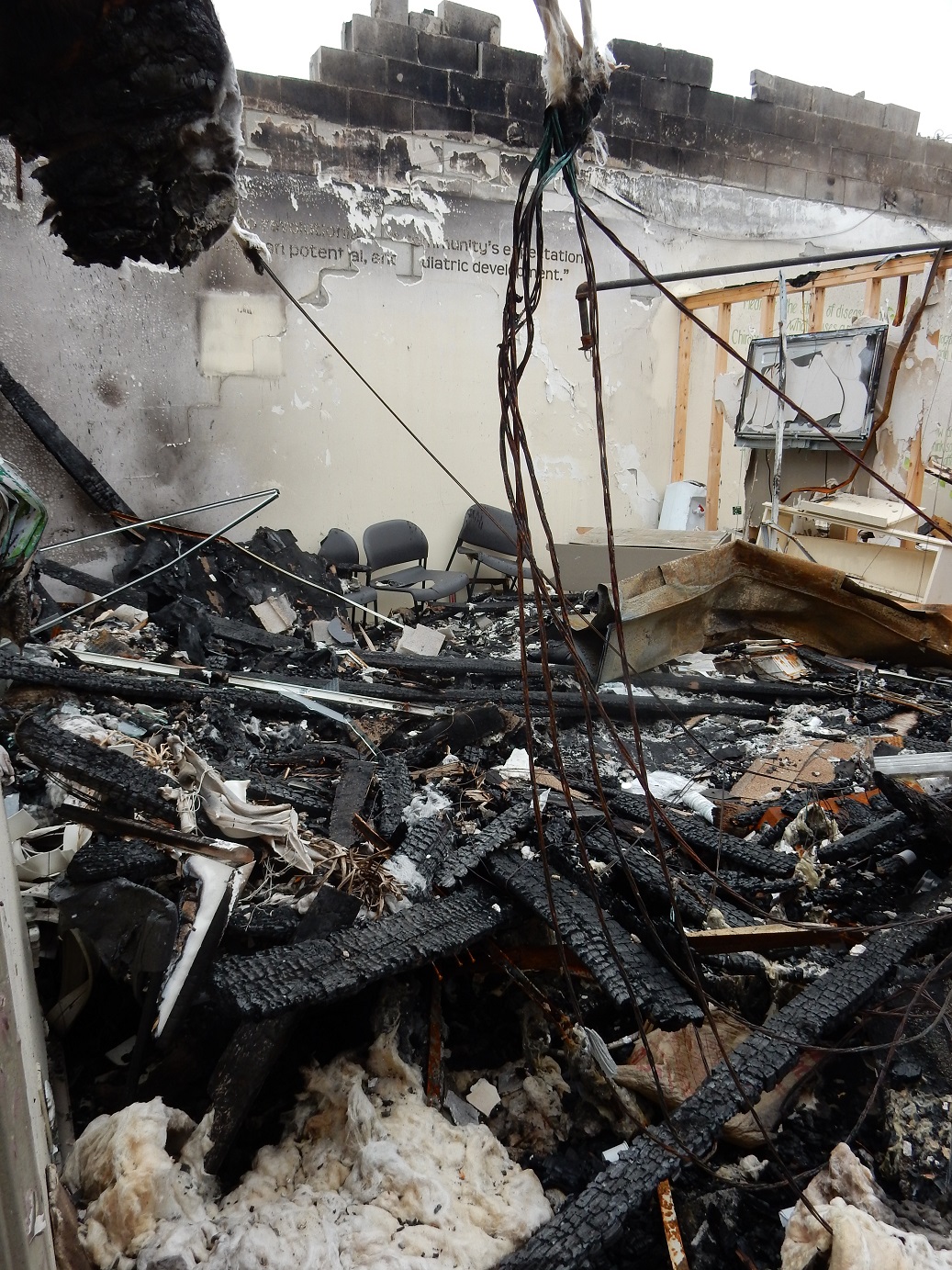If you’re part of a business or a private ownership group, you might have a “commercial package” policy for your entity’s buildings. Unlike in a homeowner’s policy – which automatically contains a provision that covers the “replacement cost” of buildings, structures, or other property – your commercial package policy does not automatically include coverage for relevant personal property.
So do your due diligence – and know the values you want to assign to each property item.
The commercial package is just what it sounds like: it lets you choose various coverages and endorsements and package them into a single insurance policy. Here are a few tips to help you put together a package of coverage that’s tailored to your unique needs:
Building and Personal Property Coverage Form – This commercial policy can cover: a. Your Buildings; b. Your Business Personal Property; and c. Personal Property of Others.
a. Buildings – Under this policy form, you must make certain that all of the buildings that you wish to insure are listed in the policy. Don’t assume that every building on your property has coverage just because you have listed your main building and carried a limit for that building.
Know your values – It is up to you, the insured, to make certain that the limits applied to your buildings or personal property are accurate. This is especially true if your policy has a coinsurance requirement. If the value assigned to any of these structures is from 20 years ago, you should probably increase your limits to reflect the current cost of construction. Otherwise, you could face a big hit when coinsurance is applied.
Understand your “blanket” coverage – If you have several structures, you might obtain blanket coverage based on a cumulative tally of the value of all structures added together. Understand that this limit is NOT a catch-all to ensure broad recovery. You still have to meet the coinsurance requirement, which means you must have coverage at the appropriate value levels for the structures.
b. Business Personal Property – This coverage is for your Furniture and Fixtures, Machinery and Equipment, Stock, All other personal property owned by you and used in your business, and leased personal property that you are contractually required to insure (for example, a copy machine that you lease on a monthly basis). If you are a tenant, there is also coverage for your interest in the betterments and improvements that you make to your leased property.
Know your values – Again, the amount of coverage that you carry for this insurance should be the total of all the above listed items that you own. We will also point out that if you have multiple buildings listed on your policy, a limit for the Business Personal Property should be listed and covered for each of the buildings. Just because you have Business Personal Property coverage for your main building does not mean that you have Business Personal Property coverage for all the different buildings on your property.
c. Personal Property of Others – This coverage covers personal property of others that is in your care custody and control and is located in or on the building described in the Declarations or in the open within 100 feet of the described premises.
Not all businesses need to obtain this coverage. Actually, most commercial businesses do not need to carry a limit for this insurance. A good example of a business that would require this insurance is a fitness facility – a business where several different people may have personal property stored in lockers that could be damaged if the building sustained a loss, such as a fire.
Code Coverage – Be sure you have enough coverage for code-related claims. When determining the amount of loss to a building, the insurance policy will only pay to replace what existed at the time of the loss. If your building does not have a fire suppression system or an elevator for ADA accessibility, these amounts will not be part of the initial insurance claim. After a loss you may be required to install these items, but you will need to have purchased Ordinance or Law Coverage in order to obtain payments from your insurer. This coverage should be discussed with your agent, and in our experience is one of the areas where policy owners often fail to get enough coverage.
These tips will help you understand the commercial package policy, and hopefully will inform you in making exactly the right coverage selections.
Look for more insight on coinsurance and Ordinance or Law in upcoming posts.




